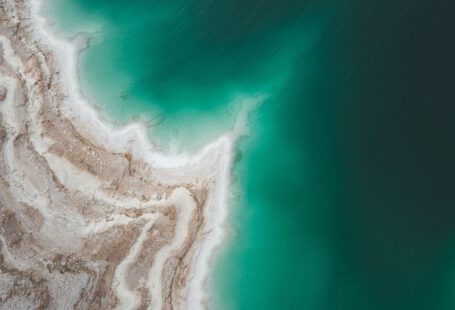Camels are fascinating creatures that have adapted to survive in some of the harshest environments on Earth – the deserts. Their ability to endure extreme heat, scarcity of food and water, and navigate through vast stretches of barren land has made them the perfect desert companions for centuries. So, how exactly do camels manage to thrive in such harsh conditions? Let’s take a closer look.
Physical Adaptations
One of the key reasons why camels are able to survive in the desert is their remarkable physical adaptations. Their humps, for instance, play a crucial role in their ability to conserve water. Contrary to popular belief, camels do not store water in their humps. Instead, these fatty deposits serve as a reservoir of energy. When food and water are scarce, the camel’s body breaks down the fat in their humps, providing them with the necessary sustenance to keep going.
Another physical adaptation that helps camels survive in the desert is their large, tough feet. Their broad, padded soles enable them to walk on hot sand without burning their feet, while their long legs help them navigate through the shifting dunes with ease. Additionally, their long eyelashes and nostrils that can be tightly closed help protect them from sandstorms, allowing them to continue moving even in extreme conditions.
Water Conservation
Camels have evolved an incredible ability to conserve water, making them highly efficient at surviving in arid environments. They can go for long periods without drinking and can tolerate significant dehydration. When they do come across a water source, their bodies are designed to absorb and store as much water as possible. They can consume up to 30 gallons of water in just 13 minutes, rehydrating their bodies and preparing for the next dry spell.
Efficient Digestion
Another reason why camels are well-suited for desert life is their unique digestive system. They have a specialized stomach that allows them to extract maximum nutrients from even the most thorny and dry vegetation. Their stomach is divided into three compartments, each with its own role in breaking down and processing food. This enables them to extract moisture and absorb nutrients efficiently, ensuring they get the most out of the limited food available in the desert.
Behavioral Adaptations
In addition to their physical adaptations, camels have also developed certain behavioral traits that aid in their survival in the desert. For example, they are known to be highly social animals, often traveling in herds. This not only provides them with protection from predators but also helps them share resources and increase their chances of finding food and water.
Furthermore, camels are known for their ability to regulate their body temperature in extreme heat. They have the ability to conserve water by sweating less during the day and sweating more at night. This helps them stay cool during scorching desert days and prevents excessive water loss.
Conclusion
Camels are truly remarkable creatures that have evolved to thrive in the harsh desert environments. Their physical adaptations, such as humps, tough feet, and efficient digestion, enable them to withstand extreme conditions. Their ability to conserve water and adapt their behavior to the desert landscape further contributes to their survival. As we marvel at these incredible animals, we can learn valuable lessons about resilience and adaptation in the face of adversity.





